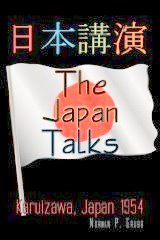
Japanese tattoos are called “irezumi” or “horimono”. These days tattoos are becoming more common again with the young set, although for years it was considered as something used only by the lower dredges of society, or worse –the Yakuza or Japanese mafia.In fact, many public bathing houses around the country wont let you in if you’re an “illustrated man”.
Irezumi, are tattoos which cover large areas of the body, like the back. Historically, the tattoo has been around Japan for a while.
The Ainu people, Japan’s early settlers used facial tattoos. And more reports around 1700 years back talk about the Japanese having whole bodies covered in tattoos.
When Buddhism was brought from China to Japan and with it a strong influence of the Chinese culture, tattooing got negative connotations. Criminals were marked with tattoos to punish and identify them in society as the higher developed Chinese culture saw tattooing as a barbaric act.
From around 1603 to1868, known as the Edo period when Japan closed its doors to the world, Japanese tattoo art became a part of “ukiyo-e” also known as “the floating world culture”. Prostitutes or “ yujos” used tattoos to increase their attractiveness for customers.
In 1827 the ukiyo-e artist Kuniyoshi published the first 6 designs of the 108 Heroes of the Suikoden. The Suikoden were honorable bandits. The richness and fantasy of the Japanese tattoo prints designs shown by Kuniyoshi are used by some tattoo artists up to this time.
The Imperial Meiji government banned tattooing as something considered a barbaric relict of the past. During the first half of the twentieth century, horimono remained a forbidden art form until 1948, when the prohibition was officially lifted.














No comments:
Post a Comment